By WeedWise Technician, Hayden Jorde
My name is Hayden Jorde and I am a WeedWise Technician. I am originally from the Southwest before relocating to the Pacific Northwest. I have spent much of my career working outdoors. I have a bachelor’s degree from the University of Arizona where I majored in both Anthropology and Communications. I also have a master’s degree in Forestry from Northern Arizona University. I have worked as a wildland firefighter, a Conservation Corps crew leader, a farm hand, and a Peace Corps volunteer. My experiences and education have taught me that one of the most interesting facets of working in natural areas is the interactions between people and natural systems.

Working across Clackamas County as a Weedwise Technician I have seen human impacts on plant ecology at many different scales. There are impacts that at first glance seem insignificant, such as a lone knapweed plant whose seed hitched a ride on a muddy tire, growing along the side of a highway. This lone knapweed may appear small and insignificant, but it can be one of the most important things for us to locate in our work as WeedWise technicians.
At the Weedwise program we seek to detect noxious weeds at the beginning of the invasion curve. By catching noxious weeds when they are not overly abundant on the landscape, we can prevent them from gaining a foothold on the land and reduce their potential to spread further. Many species at first seem harmless and only later do their negative impacts become apparent. That single knapweed along the highway can turn into sea of knapweed in just a few growing seasons. The flowers on many knapweed species may even look pleasing to the eye, but in many instances, knapweeds can out compete native plant species and reduce overall native plant diversity. This is why we treat noxious weeds infestations manually, mechanically, chemically, or in combination once they have been identified.

While some ecological impacts begin small and grow over time, others are hard to miss. In my work, I also see human ecological impacts that are grand in scale, such as the devastating impacts of the human caused Riverside Fire on Mt. Hood National Forest as well as nearby homes, farms, private forests and timberlands. High intensity wildfire is a significant disturbance on the landscape and can leave areas that were once covered in native forest and vegetation bare and vulnerable to invasive plant species such as blackberries, thistles and Scotch broom. Ecological disturbances which are becoming more intense as a result of climate change can impact drinking water quality, reduce the health of our native fish, and reduce recreation opportunities on the forest.
As a Weedwise technician I have contributed meaningfully to the recovery of the forest by treating noxious weed infestations along forest roads before they are able to spread further into the forest as part of our post fire recovery efforts. Roads are great at transporting both people and invasive weeds that hitch rides with us on our vehicles, clothing, and pets. Many of the invasive weeds we treat will be shaded out by the forest canopy once they reach maturity. Unfortunately, in this early stage of post-wildfire recovery tree seedlings are vulnerable and can be out competed and killed by noxious weeds. By treating noxious weeds in the early stages of forest regeneration we give the trees and shrubs a fighting chance to recover.
By helping the forest to recover we are also helping protect the drinking water of our community, and helping reduce the chance of high severity wildfire. Many noxious weeds like Scotch broom and Himalayan blackberry can act as both continuous and ladder fuels during wildfire.

As I near the completion of my second season working as a WeedWise technician, I have learned that restoration is a continuous process that can only be worked towards through the efforts of many different people coming together. Landowners, government agencies, and nonprofit organizations all contribute what they can to protect our native ecosystems and thus protect our health and well-being as a community. In my second year I have seen restoration sites that previously were covered in Scotch broom and blackberry that I can now see truly begin to recover. These sites will need to be managed again next year, but at greatly reduced levels. It is through the continuous efforts of the WeedWise Team and our community that positive results are being realized.



When we think about ecological restoration, we need to consider features as miniscule as the microbiome all the way up to areas the size of the watershed. Impacts that seem small at first can have landscape scale implications. Each of us has an impact on the landscape around us, and the landscape in turn has an impact on us. It is up to all of us to make that impact a positive one. Small actions we take today to positively influence the health of our communities and natural areas can blossom into profound and long-lasting impacts on the landscape for years to come.
This will be my final season working as a Weedwise Technician with Clackamas Soil and Water Conservation District as I have accepted a job opportunity to work with a local municipal government. I would like to thank all of the great folks I have gotten to work with at Clackamas Soil and Water Conservation District for their dedication to protecting and conserving our natural resources and the kindness they have shown me in furthering my understanding of the ecosystems of the Pacific Northwest. I know they will continue to keep up the good work and I will truly miss getting to work with all of them.


